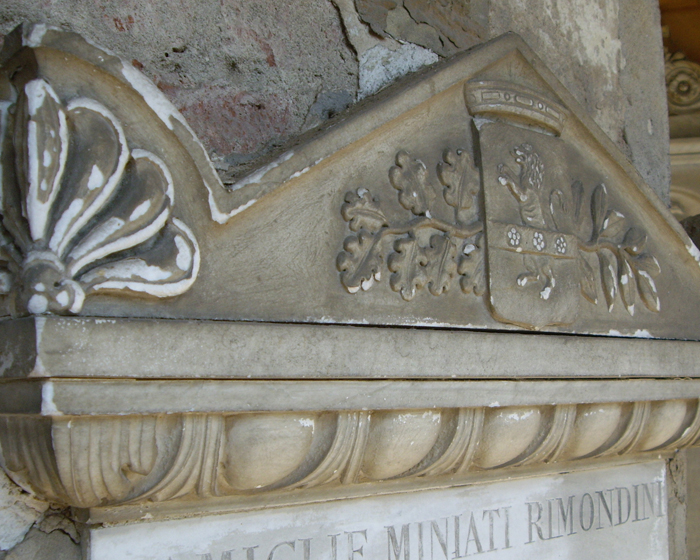17 Mar 2017
Princeton researchers find marble preservative in human bones
BY Lauren Heath-Jones

Researchers at Princeton University have developed a low cost treatment to preserve marble.
The research, led by George Scherer and Enrico Sassoni at Princeton University, found that hydroxyapatite, a calcium compound found in bones and teeth, could preserve marble artworks from the effects of time and environmental exposure.
The treatment consists of calcite and a salt water solution that reacts with marble to create the hydroxyapatite.
When applied, the solution absorbs into the marble and binds cracks in the surface making the marble stronger and more resistant to environmental elements that cause deterioration.
Scherer’s laboratory has been researching the preservative potential of hydroxyapatite for a number of years as it is non-toxic and fast-acting.
Sassoni, a visiting postdoctoral research associate from the University of Bologna, said: “Compared to other approaches, our method has the advantage of being based on a nontoxic solvent (water), that is able to penetrate deep inside marble cracks, and reacts in just 24 hours.”
Scherer, the William L. Knapp '47 professor of Civil Engineering at Princeton, said that the hydroxyapatite treatment acts as a glue, he said: "You want to put something into those boundaries to strengthen and hold it together, and that's what the treatment does well."
Additional testing to see whether the compound is strengthened with the application of electrical currents and alcohol is currently being carried out.
Close Window